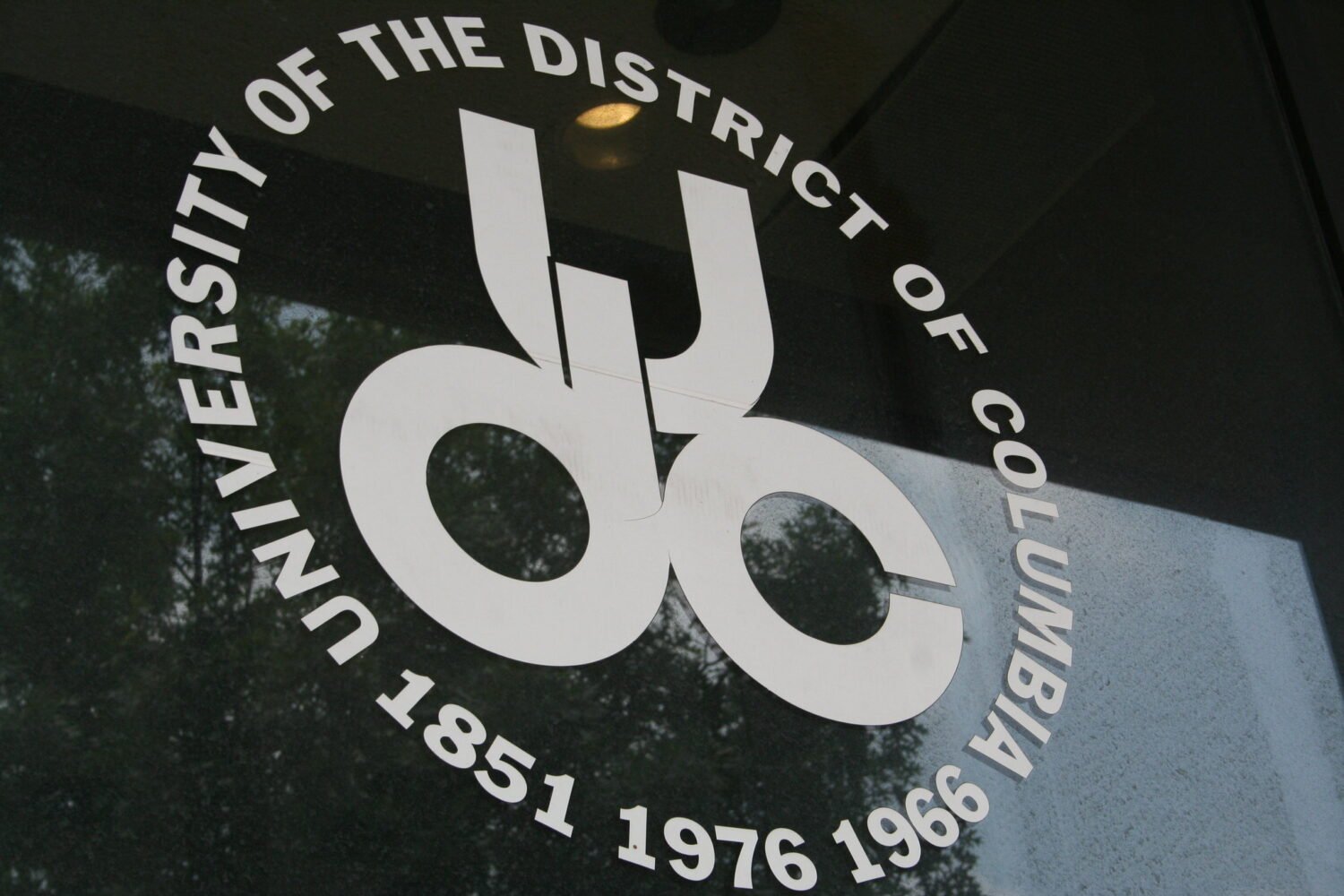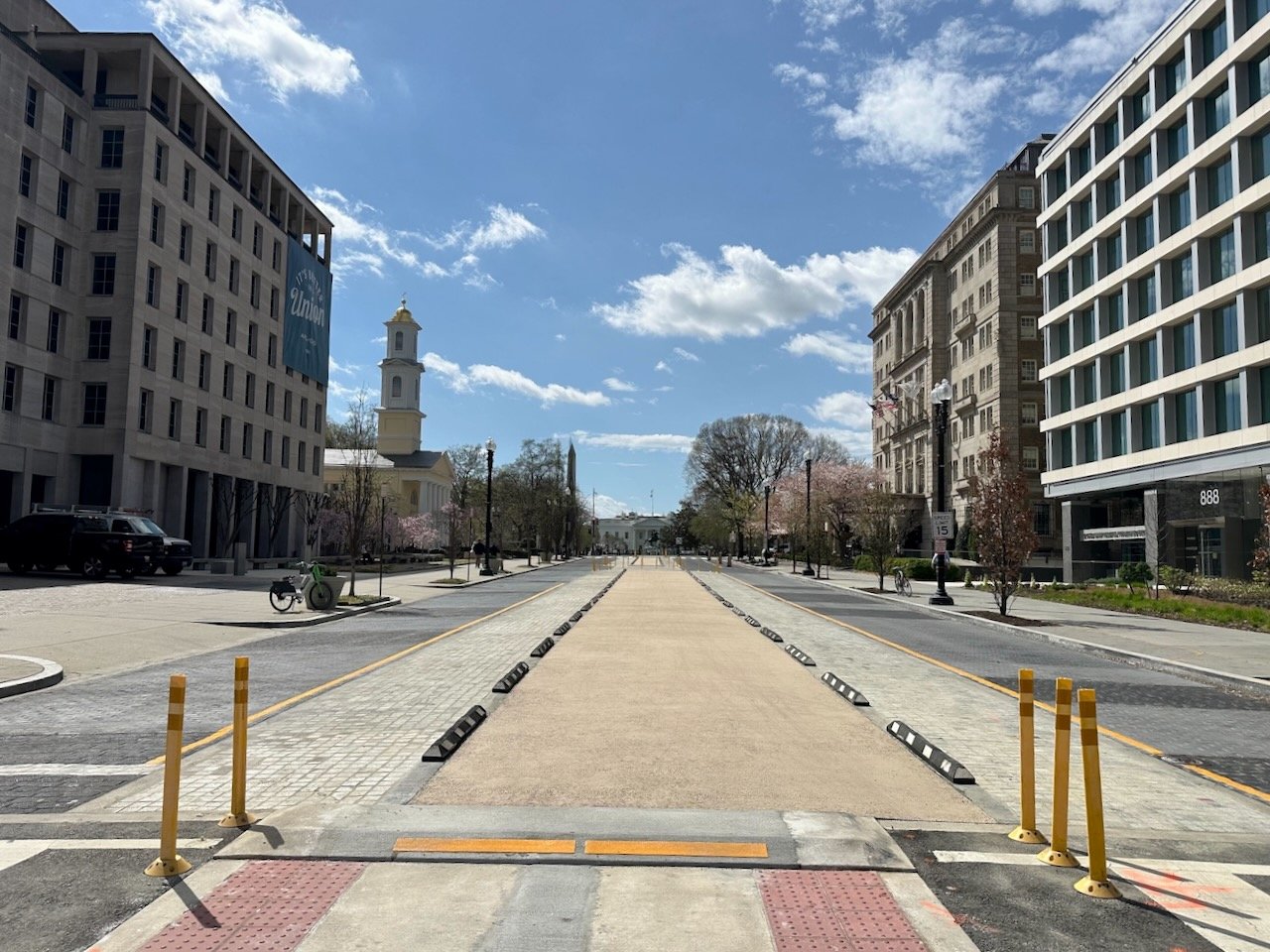By mid-April, more than two thousand Americans could die each day from Covid-19, according to the updated projections of a University of Washington research team. Its data suggests that daily deaths in Washington, DC, will peak sometime between April 12 and April 27.
The projections are part of a broader state-by-state analysis from the Institute for Health Metrics and Evaluation, a population-health research center at the University of Washington School of Medicine. The authors caution that these figures rely on the assumption that social distancing practices and business closures remain in effect. Fatalities, they write, “could be substantially higher if excess demand for health system resources is not addressed, and if social distancing policies are not vigorously implemented and enforced across all states.”
The data findings, which form part of a 26-page research paper, suggest the apex of the country’s coronavirus outbreak will come sometime in April. Nationwide, the forecasts predict a “huge excess of demand for hospital bed-days and ICU bed-days, especially in the second week of April.” In the authors’ projected scenario, the country will experience a shortage of more than 60,000 beds.
In DC, the projections suggest that might be less of an issue. Peak deaths, calculated based on the numbers so far, would be between four and six deaths per day. If that’s true, the final death count inside DC would be 132 fatalities. The District is projected to reach that number on May 19. In that scenario, the researchers anticipate that DC will make it through the peak without a shortage of hospital beds.
To reach these figures, researchers examined various counts of the infections at the jurisdictional level; shelter-in-place orders and the timing of public interventions; and official data on hospital bed and ICU capacity from the American Hospital Association. The study notes that in DC, schools were closed on March 16 and non-essential businesses closed March 25, both factors in how the authors reached their numbers.
Obviously, there are major caveats to these findings. For instance, the figures—first published late last week and updated early Monday morning—don’t take into account Mayor Muriel Bowser’s new stay-at-home order. That’s a factor the researchers say will have an impact on future deaths, depending on the order’s timing. And the study examines state-based jurisdictions and so doesn’t assess the real impact on the Washington metro region; resource shortfalls and Covid-related deaths in, say, Arlington or Bethesda aren’t assessed in terms of their added pressure on the DC hospital infrastructure. Instead, those numbers are calculated for their net effects on Virginia and Maryland.
This may be one reason that the relatively low number of projected DC deaths sounds a different note from the guidelines from Dr. Deborah Birx, who serves on the White House coronavirus task force, and who recently warned Americans that their metro areas could follow the outbreak pattern in New York City, now the epicenter of the pandemic.
Fatalities aren’t the only measure of how states will fare in the coming weeks. In addition to resource shortfalls, the timing of the virus will play a role. New York’s peak death rate is expected to arrive on April 10. New Mexico’s, on the other hand, is projected for May 1. Florida and Wisconsin are projected to endure heightened Covid death rates—defined as 0.3 deaths for million—as late as July.

















